

Articles
How To Store Iron
Modified: August 26, 2024
Learn the best methods for storing iron articles to prevent rust and prolong their lifespan. Find out how to keep your iron items in top condition with our helpful guide.
(Many of the links in this article redirect to a specific reviewed product. Your purchase of these products through affiliate links helps to generate commission for Storables.com, at no extra cost. Learn more)
Introduction
Iron is a valuable and versatile metal used in various industries, from construction to manufacturing. Whether you have a small collection of iron tools and equipment or you deal with large quantities of iron on a regular basis, proper storage is essential to maintain its quality and usability. In this article, we will explore the importance of storing iron correctly and provide you with tips on how to do it effectively.
When iron is not stored properly, it can suffer from damage and corrosion, leading to decreased functionality and increased costs for repairs or replacements. By implementing the right storage techniques, you can prolong the lifespan of your iron items, ensure their safety, and streamline your work processes. Let’s delve into the key aspects of iron storage and discover how to maintain its integrity for years to come.
Key Takeaways:
- Proper iron storage is crucial to prevent corrosion, ensure safety, improve efficiency, and preserve the quality of the metal. By implementing the right techniques, you can protect iron items from damage and extend their lifespan.
- Choosing the right storage containers, ensuring proper climate conditions, organizing the storage area, handling iron items with care, and conducting regular maintenance are essential for effective iron storage. These practices help maintain the integrity and usability of iron items.
Read more: How To Store Ironing Board
Why Proper Iron Storage is Important
Proper iron storage is crucial for several reasons. Firstly, it helps prevent corrosion, which is a common issue that affects iron. When exposed to moisture and oxygen, iron forms rust, leading to a deterioration of its surface and structural integrity. By storing iron in a controlled environment, you can minimize its exposure to these elements and reduce the risk of corrosion.
Furthermore, proper storage ensures the safety of individuals working with or around iron. Iron objects can be heavy and sharp, posing a risk of injury if not stored securely. By organizing and storing iron items in a designated area, you can minimize the chance of accidents and create a safer work environment.
In addition, proper iron storage improves efficiency and productivity. When iron tools and equipment are stored in an organized manner, they are easier to locate and access when needed. This saves precious time and eliminates the frustration of searching for misplaced items. Having a well-organized storage system also allows for better inventory management, preventing losses and reducing costs.
Lastly, proper storage helps preserve the quality of the iron. Certain factors, such as extreme temperatures, humidity, and exposure to sunlight, can degrade iron over time. By storing iron in a climate-controlled environment, you can minimize the impact of these factors and ensure that the iron maintains its original quality.
In summary, proper iron storage is important to prevent corrosion, ensure safety, improve efficiency, and preserve the quality of the iron. By implementing the right storage techniques, you can protect your iron items from damage, extend their lifespan, and optimize your work processes.
Factors That Can Affect Iron Storage
Several factors can have an impact on the storage of iron. Understanding these factors is essential to ensure that your iron remains in optimal condition. Let’s explore some key considerations:
1. Humidity: High levels of humidity can accelerate the corrosion process, leading to rust formation on iron surfaces. It is crucial to store iron in a dry environment or use moisture-absorbing materials, such as silica gel packs, to control humidity levels.
2. Temperature: Extreme temperatures can also affect iron storage. Excessive heat can lead to expansion, warping, and distortion, while extreme cold can make iron brittle and prone to cracking. It is important to avoid storing iron in areas subjected to temperature extremes.
3. Exposure to moisture: Moisture is one of the major factors contributing to rust formation. Iron items should be stored away from water sources or in waterproof containers to prevent direct contact with moisture.
4. Oxygen: Iron oxidizes in the presence of oxygen, leading to the formation of rust. Minimizing exposure to oxygen can help prevent corrosion. Consider storing iron items in airtight containers or using protective coatings to create a barrier against oxygen.
5. Chemical exposure: Certain chemicals, such as acids and alkalis, can react with iron and accelerate corrosion. It is crucial to store iron away from chemical substances that may pose a risk of corrosion.
6. Light: Extended exposure to sunlight can degrade iron over time. Store iron items in a dark or shaded area to minimize the impact of sunlight.
7. Mechanical damage: Rough handling or improper stacking of iron items can lead to dents, scratches, or deformation. Proper padding and careful handling are essential to prevent mechanical damage during storage.
By taking these factors into consideration, you can create an ideal storage environment for your iron items, mitigating the risks of corrosion, damage, and deterioration.
Choosing the Right Storage Container
When it comes to storing iron, selecting the appropriate storage container is essential for maintaining its integrity. The right container will provide protection against environmental factors, prevent damage, and ensure easy access to your iron items. Here are some considerations to keep in mind when choosing a storage container:
1. Durability: Look for containers made of sturdy materials, such as stainless steel or heavy-duty plastic, that can withstand the weight and sharp edges of iron items. Avoid containers that may deteriorate or corrode over time.
2. Size and Capacity: Consider the size and quantity of iron items you plan to store. Choose a container that provides enough space for easy organization and access to your items without overcrowding. Avoid containers that are too large, as they may lead to unnecessary movement and potential damage during storage.
3. Sealability: Opt for containers with tight-fitting lids or seals to prevent moisture, dust, and other contaminants from entering. Airtight containers can also help reduce oxygen exposure and minimize the risk of corrosion.
4. Stackability: If you have limited storage space, look for containers that are designed to stack securely. This allows for efficient use of vertical space and helps prevent accidental toppling or falling of the containers.
5. Visibility: Consider transparent or clear containers that allow you to easily see the contents without having to open them. This makes it convenient to locate specific iron items without rummaging through multiple containers.
6. Portability: If you need to transport or move your iron items frequently, choose containers with sturdy handles or wheels for easy maneuverability. This will help minimize the risk of injury and make the process more efficient.
7. Chemical Compatibility: If you plan to store iron items alongside other materials or chemicals, ensure that the storage container is compatible with these substances. Some materials may react with iron or cause contamination, which can lead to damage or corrosion.
Remember to label your storage containers clearly to make it easy to identify the contents. Consider using labels that are resistant to moisture and fading. By choosing the right storage container, you can provide the necessary protection and organization for your iron items, ensuring their long-term preservation and accessibility.
Ensuring Proper Climate Conditions
The climate conditions in which you store your iron can have a significant impact on its longevity and quality. Maintaining a suitable environment will help prevent corrosion, decay, and other forms of damage. Here are some tips for ensuring proper climate conditions for your iron storage:
1. Temperature control: Iron is sensitive to extreme temperatures. Avoid storing iron in areas that experience drastic temperature fluctuations, such as unventilated attics or damp basements. Ideally, the storage area should have a consistent temperature range between 50 to 70 degrees Fahrenheit (10 to 21 degrees Celsius).
2. Humidity management: High humidity levels can accelerate corrosion, while low humidity levels can cause iron to become brittle. Aim for a relative humidity level of around 40 to 50 percent to maintain optimal conditions for iron storage. Use dehumidifiers or moisture-absorbing products, like silica gel packets, to control humidity levels in the storage area.
3. Ventilation: Proper airflow is vital to prevent the buildup of moisture and condensation. Ensure that the storage area is well-ventilated, allowing fresh air to circulate and preventing stagnant air that can contribute to corrosion.
4. Avoid direct sunlight: Excessive exposure to sunlight can heat up the storage area and accelerate the degradation of iron. Ensure that your iron storage space is shielded from direct sunlight or use curtains, blinds, or UV-filtering window film to reduce the impact of sunlight.
5. Protection from water: It’s crucial to keep your iron items away from water sources or any potential leaks. Ensure that the storage area is waterproof and remains dry at all times. Inspect the area regularly and address any signs of water damage immediately.
6. Climate-controlled storage: If you have valuable or sensitive iron items, consider investing in a climate-controlled storage unit. These units provide precise temperature and humidity control, ensuring the optimal conditions for your iron storage.
7. Regular monitoring: Periodically check the climate conditions in your storage area using a digital hygrometer and a thermometer. This will allow you to identify any fluctuations or issues promptly and take necessary steps to maintain a stable climate.
By ensuring that your iron is stored in a suitable climate, you can significantly reduce the risk of corrosion, decay, and damage. Creating a controlled environment will preserve the quality of your iron items and extend their lifespan.
Store iron in a cool, dry place to prevent rusting. Keep it away from moisture and humidity to maintain its quality and prevent corrosion.
Read more: How To Store Cast Iron Outside
Tips for Organizing Iron Storage Area
Proper organization is key to maximizing efficiency and maintaining the condition of your iron storage. An organized storage area allows for easy access, minimizes the risk of damage, and improves overall productivity. Here are some helpful tips for organizing your iron storage area:
1. Categorize and label: Start by categorizing your iron items based on their type, size, or purpose. This will make it easier to locate specific items when needed. Use labels or color-coded tags on boxes, shelves, or storage containers to identify different categories.
2. Utilize storage containers: Invest in storage containers, bins, or drawers that are suitable for your iron items. Choose options with dividers or compartments to keep smaller items separated and organized. Stackable containers can help maximize vertical space.
3. Create a layout: Plan the layout of your storage area to optimize space. Keep frequently used items easily accessible and arrange them in a logical order. Reserve a dedicated space for larger or heavy-duty iron items to avoid clutter and facilitate smooth operations.
4. Use shelving or racks: Install sturdy shelves or racks to store larger iron items or tools. This will help keep them off the floor, prevent damage, and create a visually pleasing and organized storage area.
5. Implement a FIFO system: FIFO stands for “first in, first out.” It is a system of organizing items in a way that ensures older items are used or accessed first before newer ones. Apply this principle to your iron storage, especially if you have a rotating inventory.
6. Consider a pegboard system: Install a pegboard on a wall or inside a cabinet to hang smaller iron tools, such as hammers, wrenches, and pliers. This allows for easy visibility and quick access to frequently used tools.
7. Keep an inventory: Maintain a detailed inventory list of your iron items. Include essential details such as item names, quantities, and any additional information, like purchase dates or maintenance schedules. This list will help you track your inventory, plan future purchases, and identify any missing or misplaced items.
8. Regular decluttering: Dedicate time to declutter your iron storage area periodically. Remove any unused or damaged items, tidy up the shelves or containers, and ensure everything remains in its designated place.
9. Implement safety measures: Ensure that safety protocols are in place in your iron storage area. Store sharp objects in protective sheaths or cases, and clearly mark hazardous items. Make sure fire extinguishers and emergency exits are easily accessible.
By following these tips, you can create an organized and efficient iron storage area. This will save you time, reduce the risk of damage or loss, and contribute to a safer and more streamlined work environment.
Handling Iron to Minimize Damage
Proper handling of iron is essential to minimize the risk of damage during storage and transportation. Iron items can be heavy, sharp, and prone to corrosion, so it is important to follow best practices to ensure their integrity. Here are some tips for handling iron to minimize damage:
1. Wear protective gear: When handling iron items, wear appropriate protective gear, such as gloves and safety glasses. This will prevent injuries from sharp edges or accidental contact with corrosive substances.
2. Use proper lifting techniques: Iron items can be heavy and unwieldy. When lifting or carrying them, use proper lifting techniques to avoid strain or injury. Bend at the knees, keep your back straight, and use your leg muscles to lift the object. If the item is too heavy, ask for assistance or use lifting equipment.
3. Avoid dragging or dropping: Dragging iron items can cause damage to the surface or edges, leading to dents or scratches. Instead, lift and carry them carefully to avoid unnecessary impact. Similarly, avoid dropping iron items, as this can cause structural damage or deformations.
4. Protect against humidity: Moisture is one of the main causes of corrosion in iron. When moving iron items, ensure they are protected from direct contact with moisture. Use waterproof covers or wrap the items in plastic or moisture-resistant material before transporting them.
5. Secure items for transportation: If you need to transport iron items, take precautions to secure them properly. Use straps, ropes, or other appropriate restraints to prevent shifting, sliding, or falling during transit. This will minimize the risk of damage to the items and ensure the safety of the transport crew.
6. Separate different types of iron: If you need to store or transport different types of iron items together, take care to separate items that are more susceptible to corrosion or damage. Placing a barrier or protective layer between different types of iron can reduce the risk of chemical reactions or physical contact that may lead to damage.
7. Inspect for damage: Regularly inspect your iron items for any signs of damage, such as rust, dents, or cracks. Address any issues promptly to prevent further deterioration and ensure the longevity of the items.
8. Implement proper cleaning techniques: Before storing or transporting iron items, clean them using appropriate methods. Remove any dirt, debris, or residues that may contribute to corrosion. Use non-abrasive cleaning agents and soft cloths to prevent scratching the surface.
By following these guidelines for handling iron, you can minimize the risk of damage and ensure that your iron items remain in optimal condition. Proper handling techniques contribute to the longevity and functionality of the iron, ultimately saving you time, money, and resources.
Regular Maintenance and Inspection
Regular maintenance and inspection are crucial to ensure the longevity, functionality, and safety of your iron items. By implementing a proactive approach, you can identify and address any issues before they worsen or cause damage. Here are some tips for regular maintenance and inspection of your iron items:
1. Cleanliness: Regularly clean your iron items to remove dust, dirt, and other debris that can contribute to corrosion or damage. Use non-abrasive cleaning agents and soft cloths to maintain the condition of the surface.
2. Inspect for rust: Check your iron items for any signs of rust or corrosion. Rust can weaken the structure and compromise the functionality of iron. If you notice any rust spots, use a wire brush or sandpaper to remove the rust, and then apply a rust-resistant coating to prevent future corrosion.
3. Check for dents and scratches: Inspect your iron items for any dents, scratches, or other physical damage. These can affect the structural integrity or performance of the items. If you find any dents or scratches, consider repairing or replacing the damaged parts before they worsen.
4. Monitor for loose or damaged parts: Pay attention to any loose or damaged components of your iron items, such as bolts, nuts, or handles. Tighten or replace these parts as necessary to ensure the items are secure and safe to use.
5. Verify functionality: Test the functionality of your iron items regularly, especially tools or equipment. Ensure that they operate smoothly and perform their intended tasks efficiently. Address any issues or malfunctions promptly to avoid further damage or accidents.
6. Check protective coatings: If your iron items have protective coatings, such as paint or epoxy, inspect them for signs of wear or damage. Any areas where the coating has worn off should be touched up or recoated to provide continued protection against corrosion.
7. Review storage conditions: Regularly reassess the storage conditions of your iron items. Ensure that the storage area maintains the appropriate temperature, humidity, and ventilation levels to minimize the risk of corrosion or deterioration over time.
8. Maintain a maintenance schedule: Create a maintenance schedule to guide your regular inspections and upkeep. Record any maintenance tasks performed and note any significant findings or required repairs. This helps you stay organized and ensures that maintenance tasks are not overlooked.
9. Seek professional assistance when necessary: If you encounter complex repairs or maintenance tasks beyond your expertise, it is advisable to seek professional assistance. Consult with experts or technicians who specialize in iron repair and maintenance for guidance and support.
By implementing regular maintenance and inspection practices, you can identify potential issues early on and take the necessary steps to address them. This ensures the longevity of your iron items, improves their performance, and enhances safety during use. Regular maintenance also helps you optimize your overall workflow and prevent costly repairs or replacements in the long run.
Best Practices for Storing Iron
To ensure the proper storage of iron items and maintain their integrity, it is important to follow best practices. By implementing these practices, you can optimize the lifespan of your iron, prevent corrosion, and streamline your storage process. Here are some best practices for storing iron:
1. Clean and dry: Before storing your iron items, make sure they are thoroughly cleaned and dry. Remove any dirt, debris, or moisture that may contribute to corrosion or damage. This applies to both larger iron tools and smaller items.
2. Apply protective coatings: Consider applying protective coatings on the surface of your iron items. This can include rust-resistant paints, anti-corrosion sprays, or specialized coatings. These coatings create a barrier against moisture and oxygen, preventing rust formation and corrosion.
3. Use appropriate storage containers: Choose storage containers that are suitable for the size and type of iron items you are storing. Use containers with sealable lids to keep out moisture and dust. If possible, opt for containers made of non-reactive materials, such as plastic or stainless steel, to prevent chemical reactions.
4. Keep items off the floor: Avoid storing your iron items directly on the floor, as this can increase the risk of moisture exposure and potential corrosion. Use pallets, shelves, or racks to keep the items elevated and off the ground.
5. Organize by type and usage: Categorize and organize your iron items based on their type and usage. This allows for easy access and reduces the risk of damage during retrieval. Consider using dividers, labels, or color-coding systems to maintain a well-organized storage area.
6. Control humidity levels: Maintain a consistent humidity level in your storage area to prevent moisture-related corrosion. Use dehumidifiers or moisture-absorbing materials, such as silica gel packs, to keep the humidity in check.
7. Monitor temperature: Store your iron items in an area with a stable temperature, avoiding extreme heat or cold. Fluctuations in temperature can cause expansion or contraction, leading to potential damage.
8. Implement a regular inspection routine: Conduct periodic inspections of your stored iron items to check for any signs of damage or corrosion. This allows you to address issues promptly and prevent further deterioration.
9. Adhere to safety protocols: Ensure that your iron storage area complies with safety regulations and protocols. Store hazardous or sharp iron items in secure containers or take additional precautions to minimize the risk of accidents.
10. Keep an inventory: Maintain an inventory of your iron items to help track their condition, quantity, and location. This ensures effective management and streamlines the retrieval process when needed.
By following these best practices, you can ensure the proper storage of your iron items, prolong their lifespan, and minimize the risk of damage or corrosion. A well-organized and controlled storage environment will contribute to efficient workflow, reduce costs, and enhance the overall quality and safety of your iron items.
Read more: Where To Store An Ironing Board
Conclusion
Proper storage of iron is essential to maintain its quality, functionality, and longevity. By following the best practices outlined in this article, you can ensure that your iron items are protected from corrosion, damage, and other forms of deterioration. Let’s recap the key points discussed:
We began by understanding the importance of proper iron storage. By safeguarding iron from corrosion, we can extend its lifespan and reduce the need for costly repairs or replacements. We explored the factors that can affect iron storage, including humidity, temperature, exposure to moisture and oxygen, chemical reactions, light, and mechanical damage. By controlling these factors, we can create an environment that minimizes the risks faced by iron items.
Choosing the right storage containers is crucial for effectively organizing and protecting your iron items. Durable, sealable, and stackable containers can help maintain the quality and accessibility of your items. We also discussed the importance of ensuring proper climate conditions in the storage area, including temperature control, humidity management, and ventilation.
Organizing your iron storage area is key to improving efficiency and productivity. Categorizing and labeling your items, utilizing storage containers and shelving, and implementing a system for easy retrieval are essential for a well-organized storage area. Additionally, handling iron items with care and conducting regular maintenance and inspection routines can help prevent damage and extend the lifespan of your iron items.
In conclusion, proper storage practices for iron items are crucial for maintaining their integrity and optimizing their usability. By following the guidelines provided in this article, you can protect your iron investment, improve safety, reduce costs, and enhance your overall work processes. Remember, a well-organized and controlled storage environment is the key to preserving the quality and longevity of your iron items in the long run.
Frequently Asked Questions about How To Store Iron
Was this page helpful?
At Storables.com, we guarantee accurate and reliable information. Our content, validated by Expert Board Contributors, is crafted following stringent Editorial Policies. We're committed to providing you with well-researched, expert-backed insights for all your informational needs.

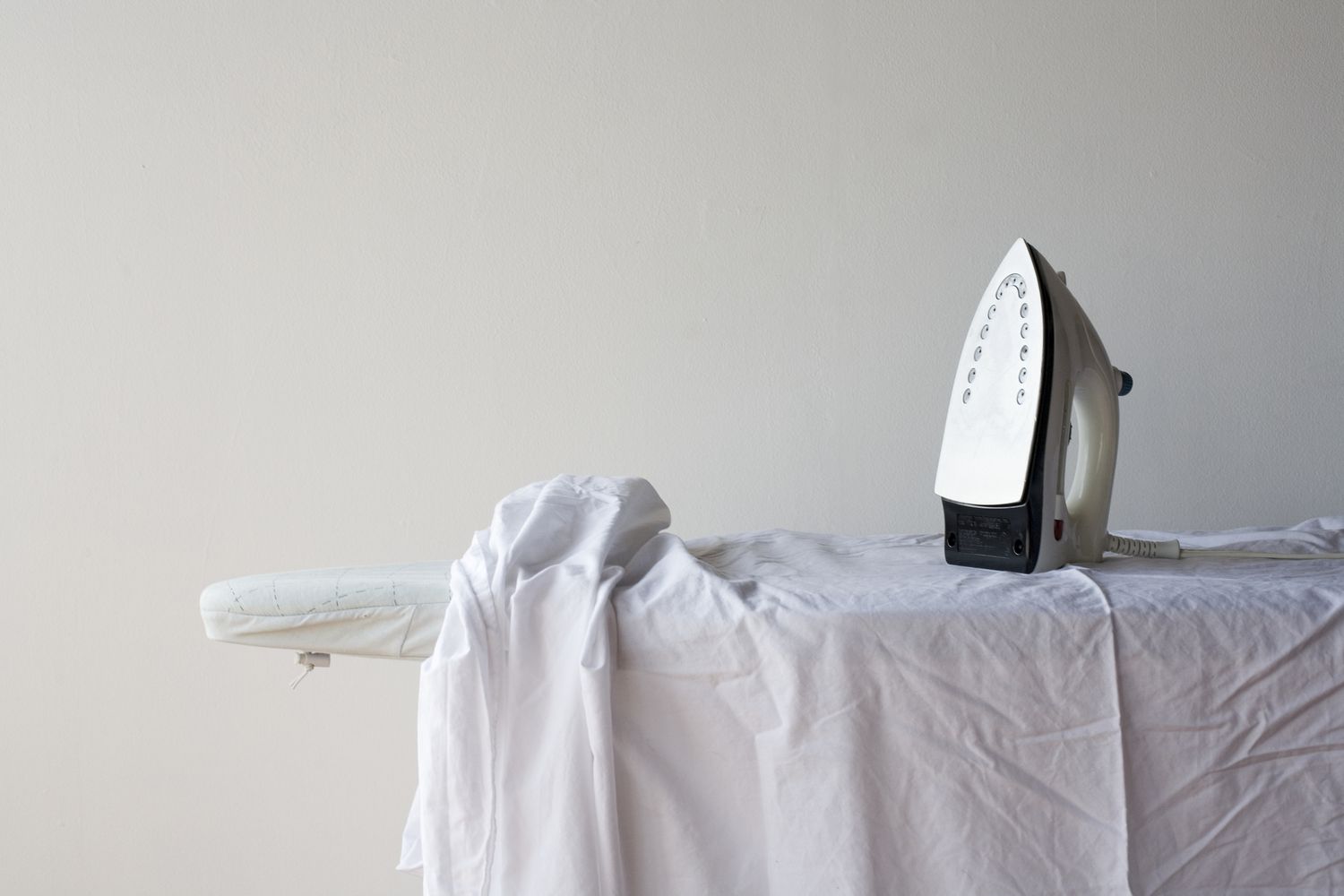
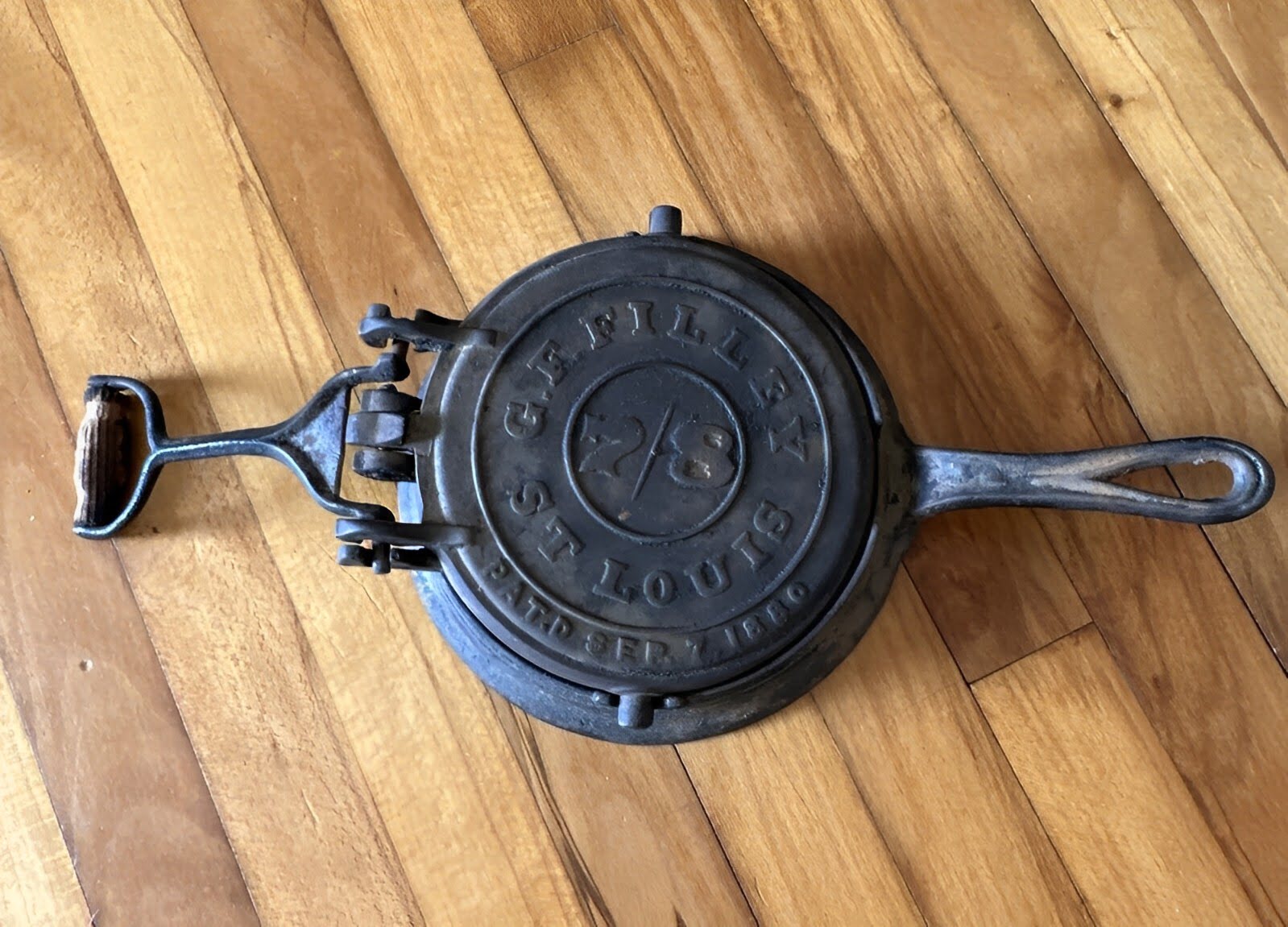
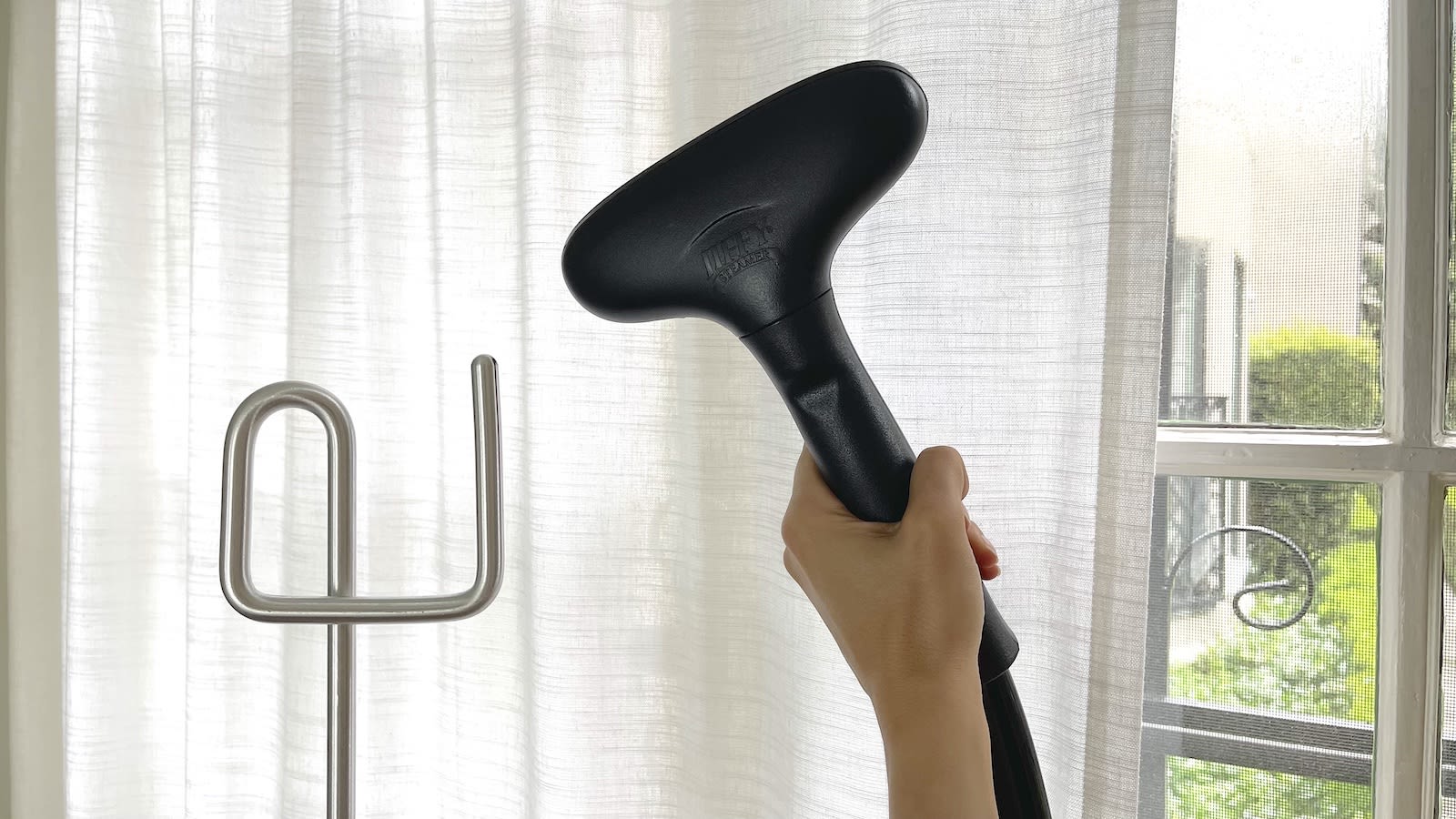
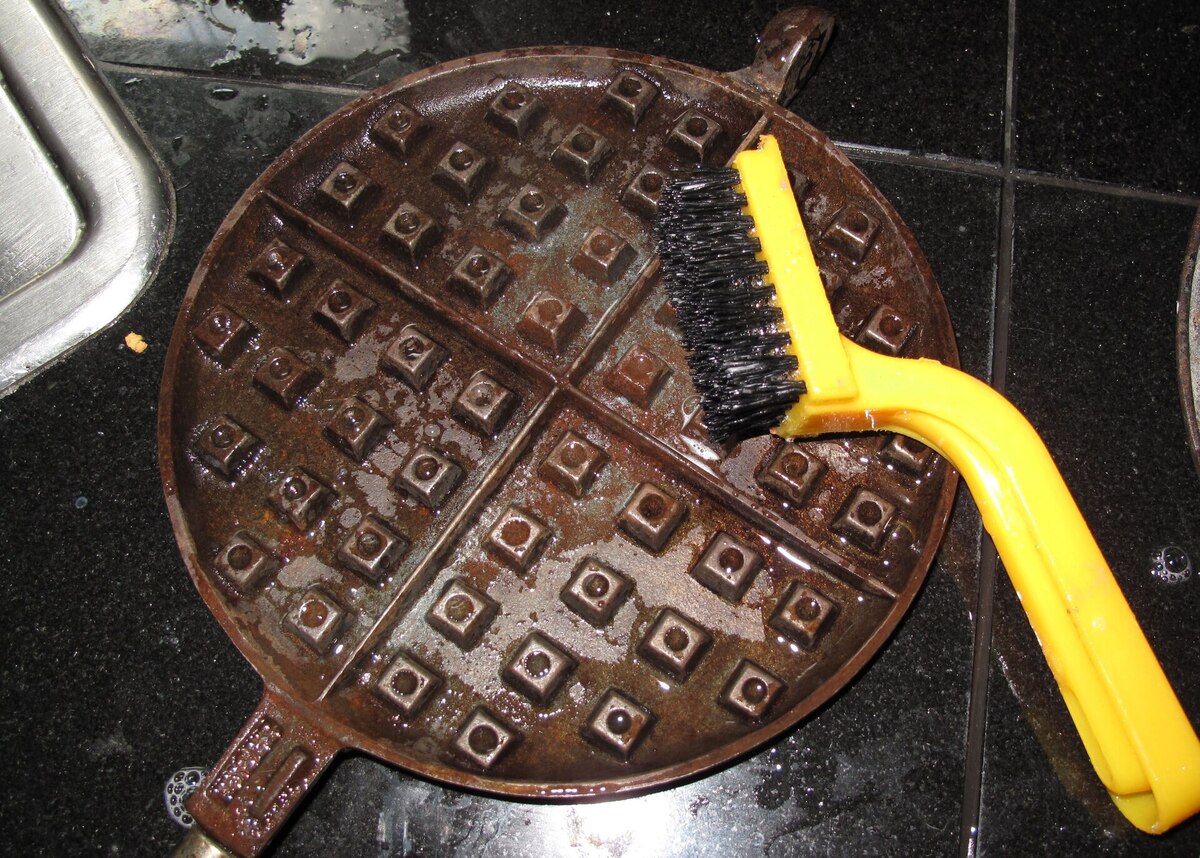


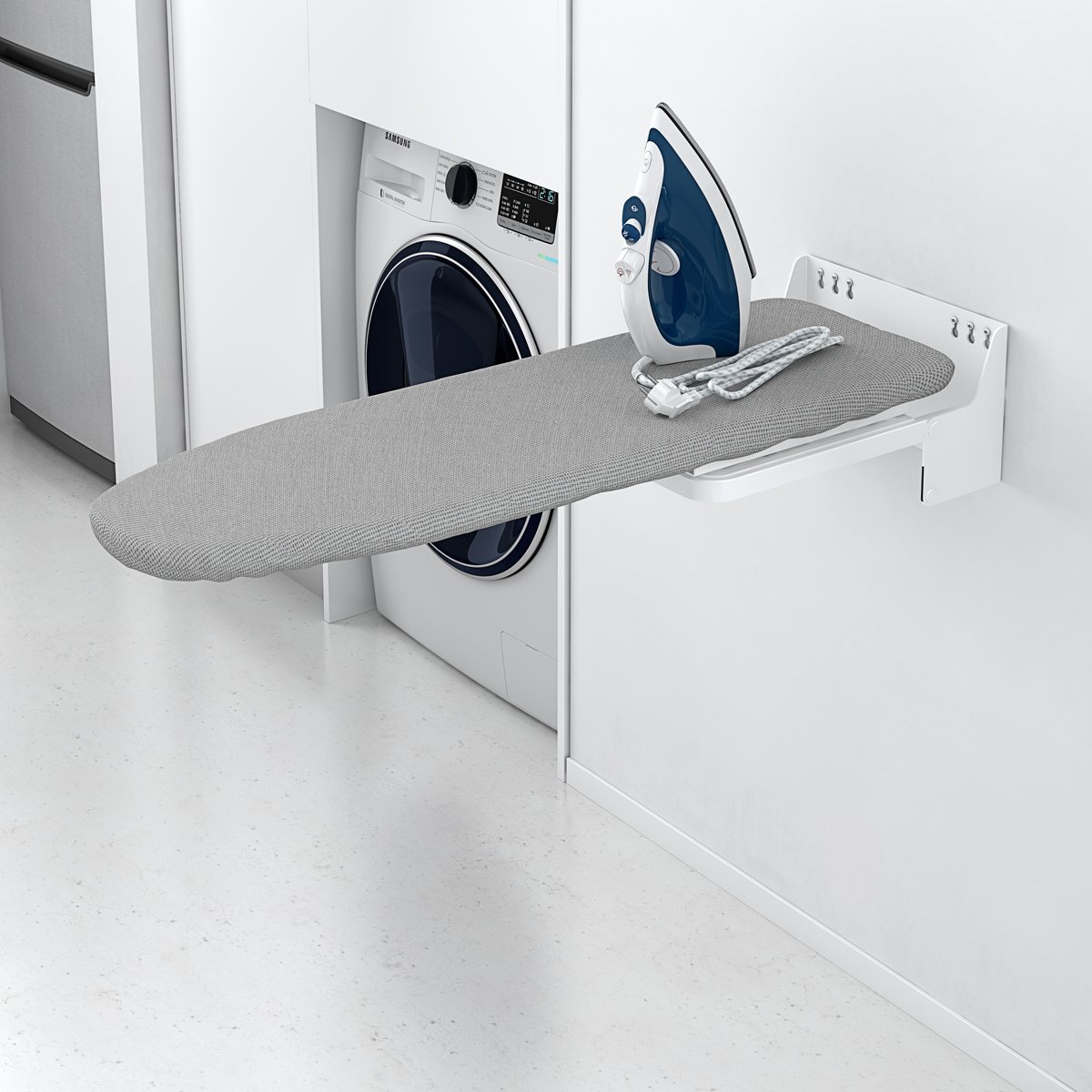
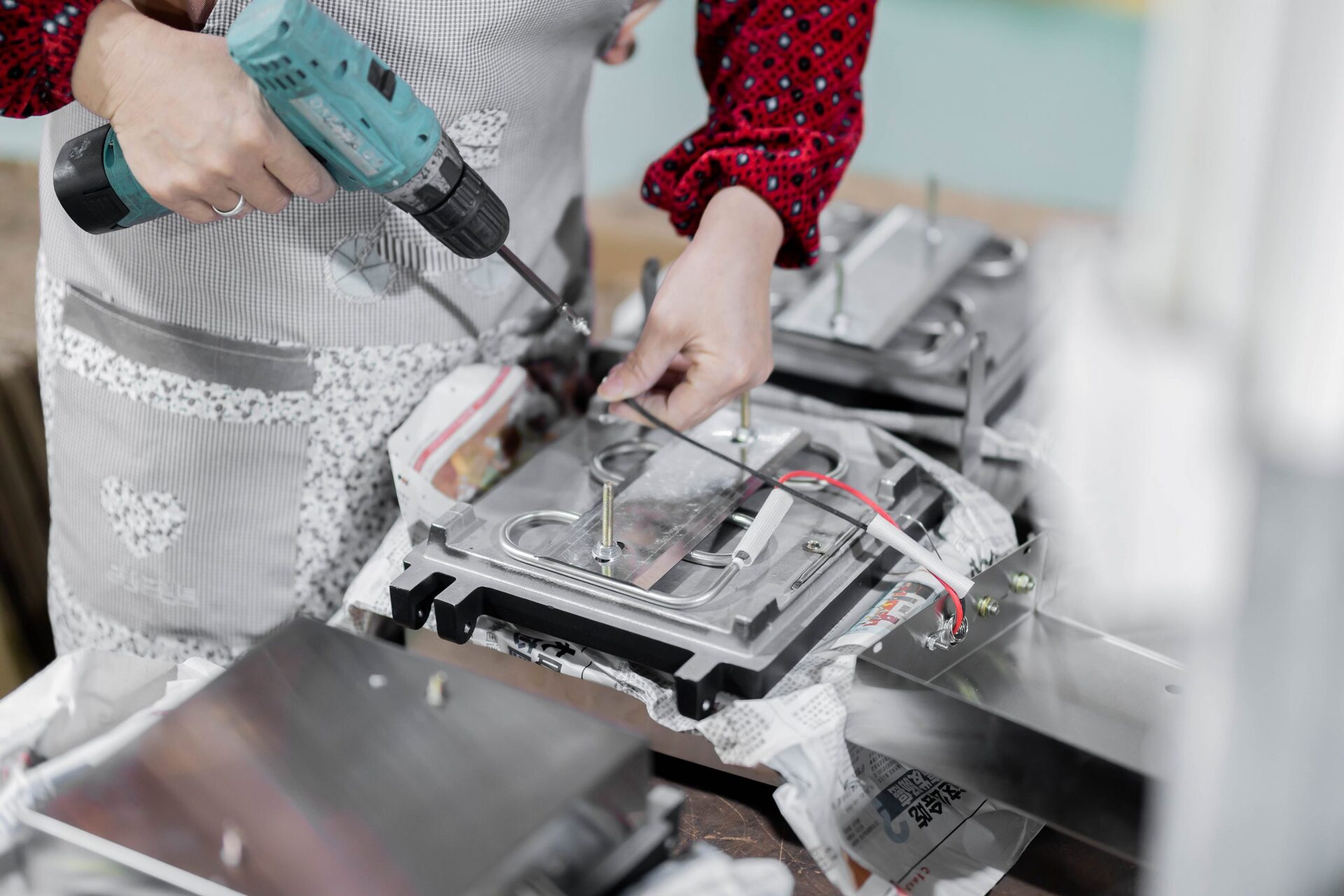


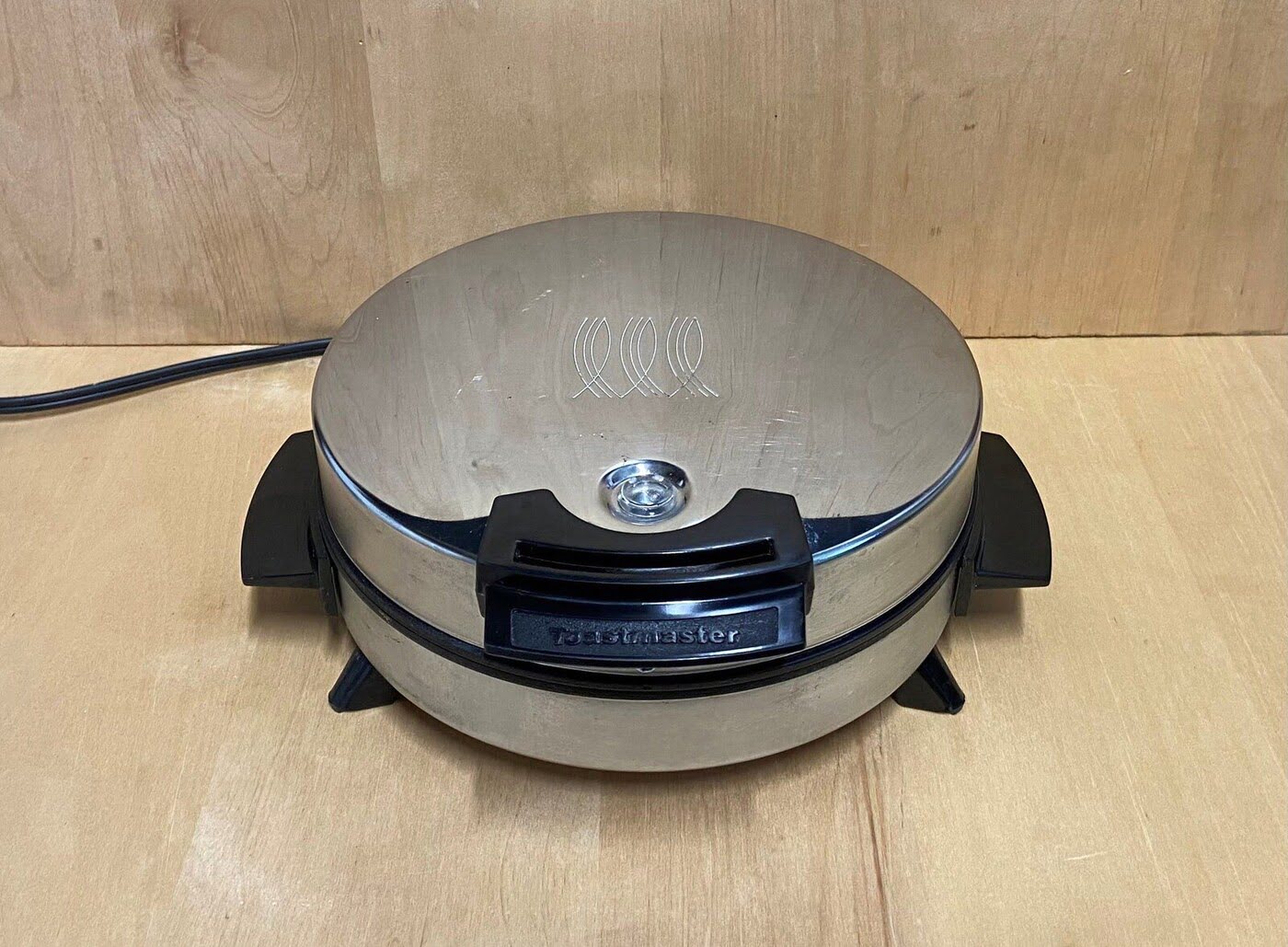
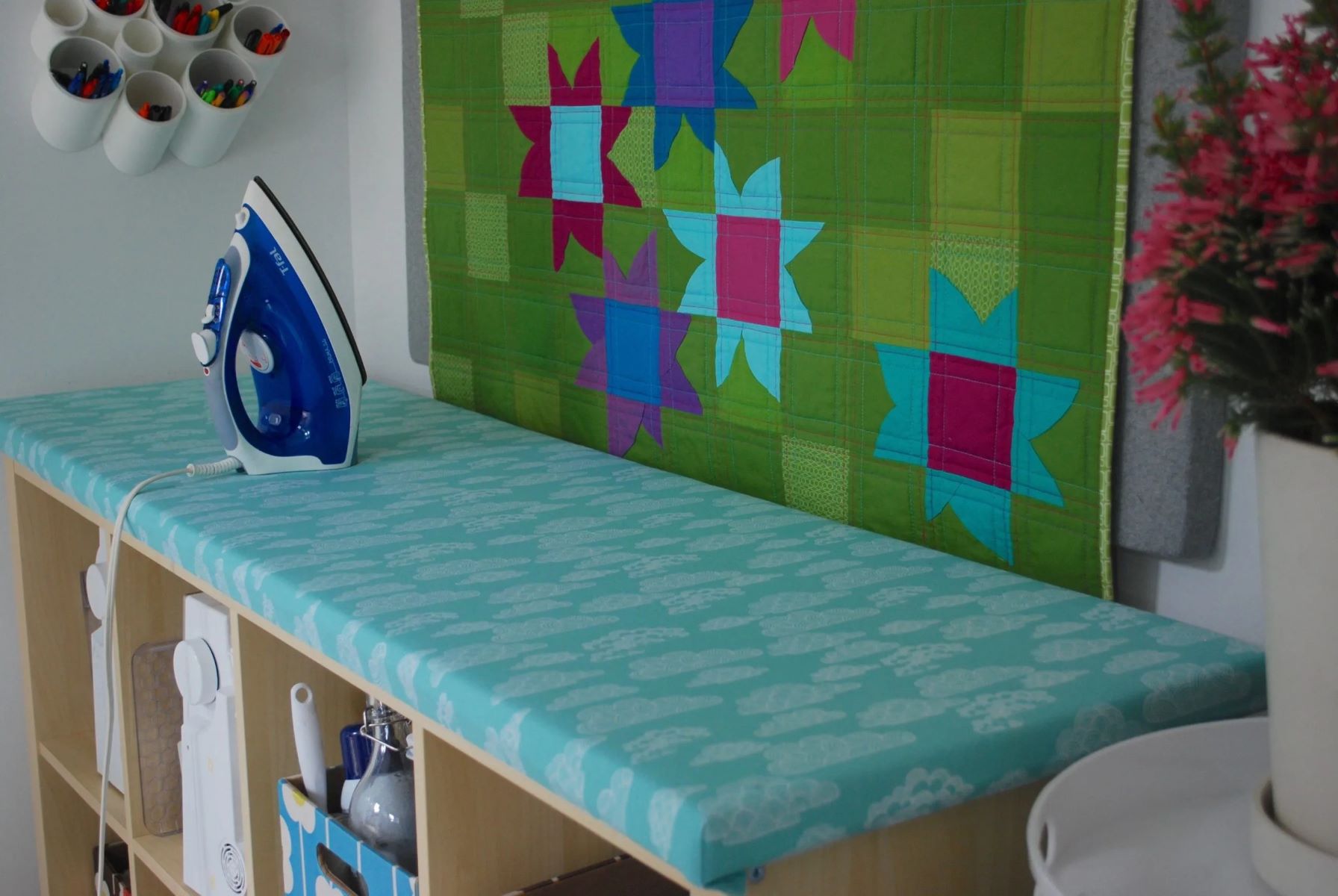

0 thoughts on “How To Store Iron”